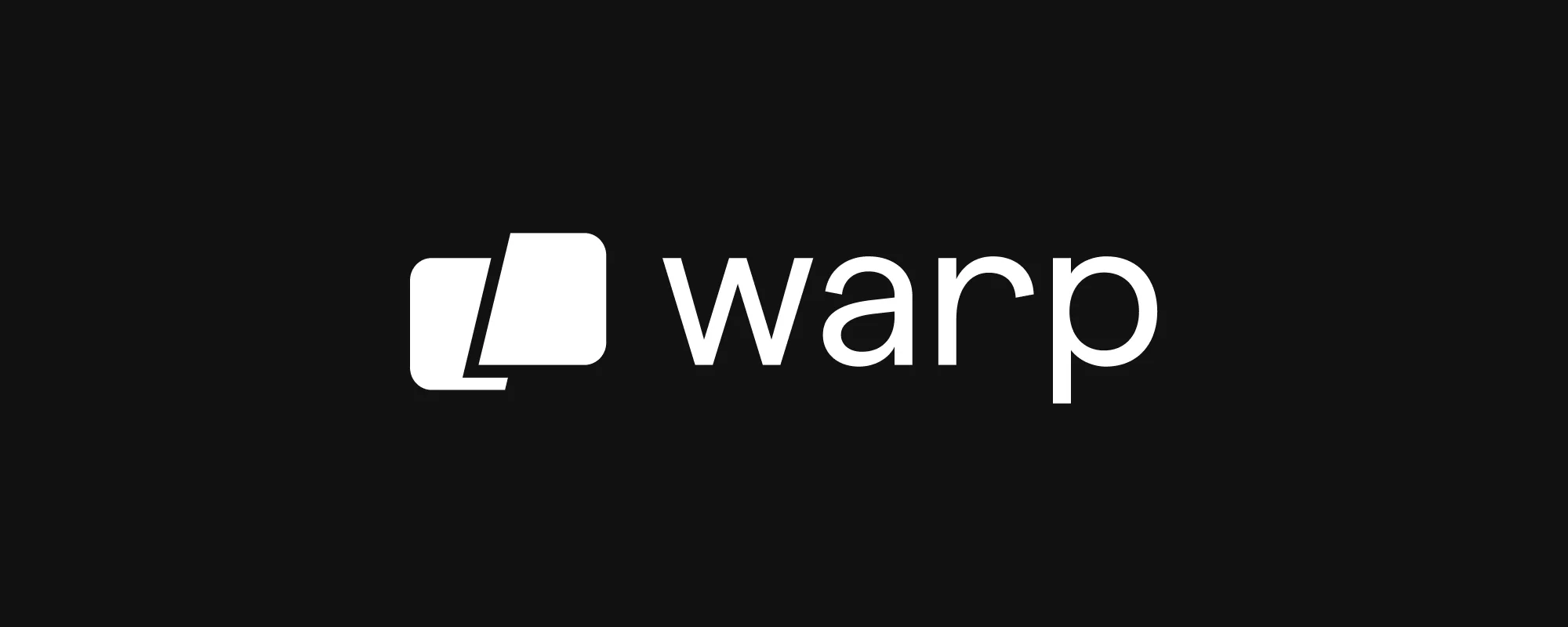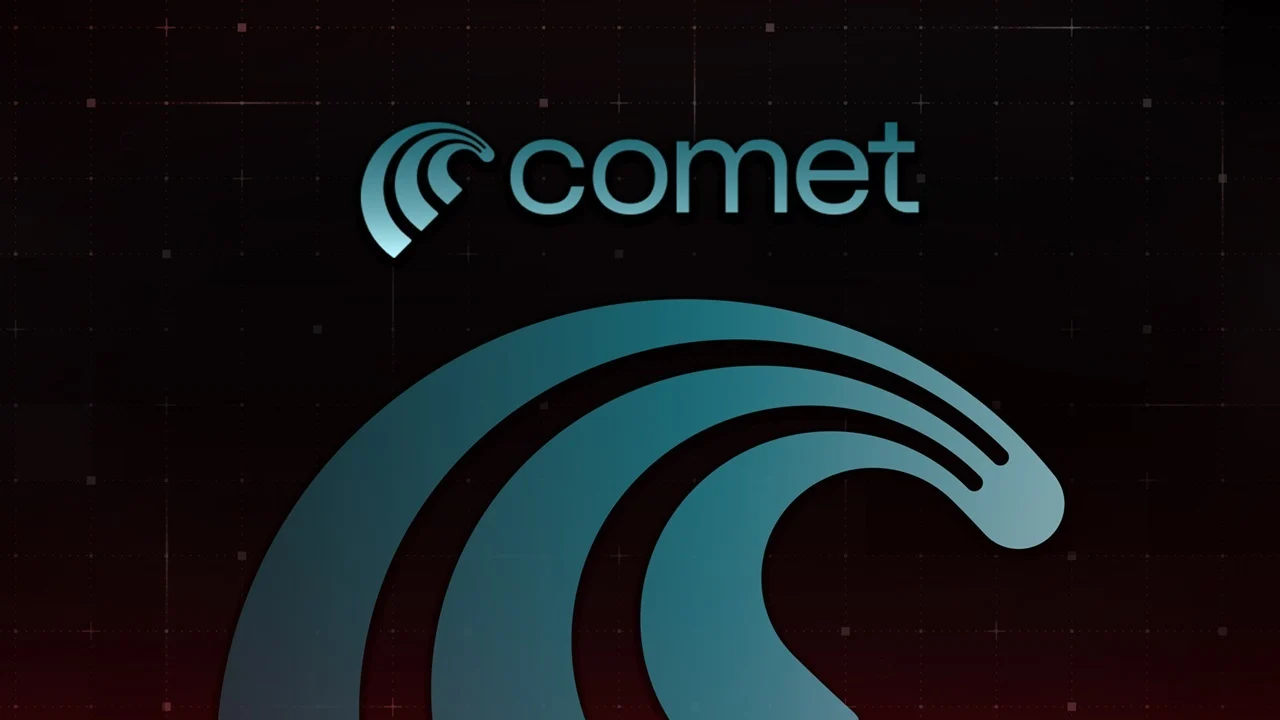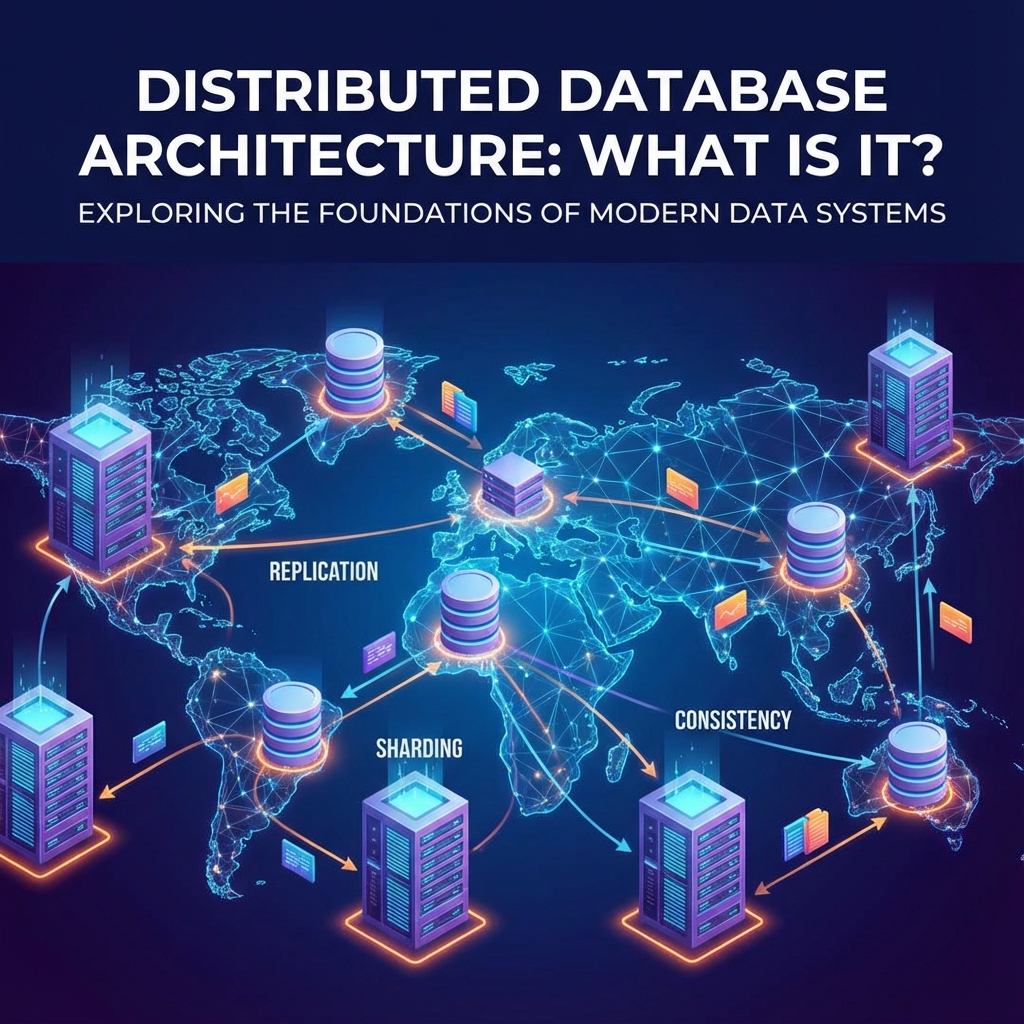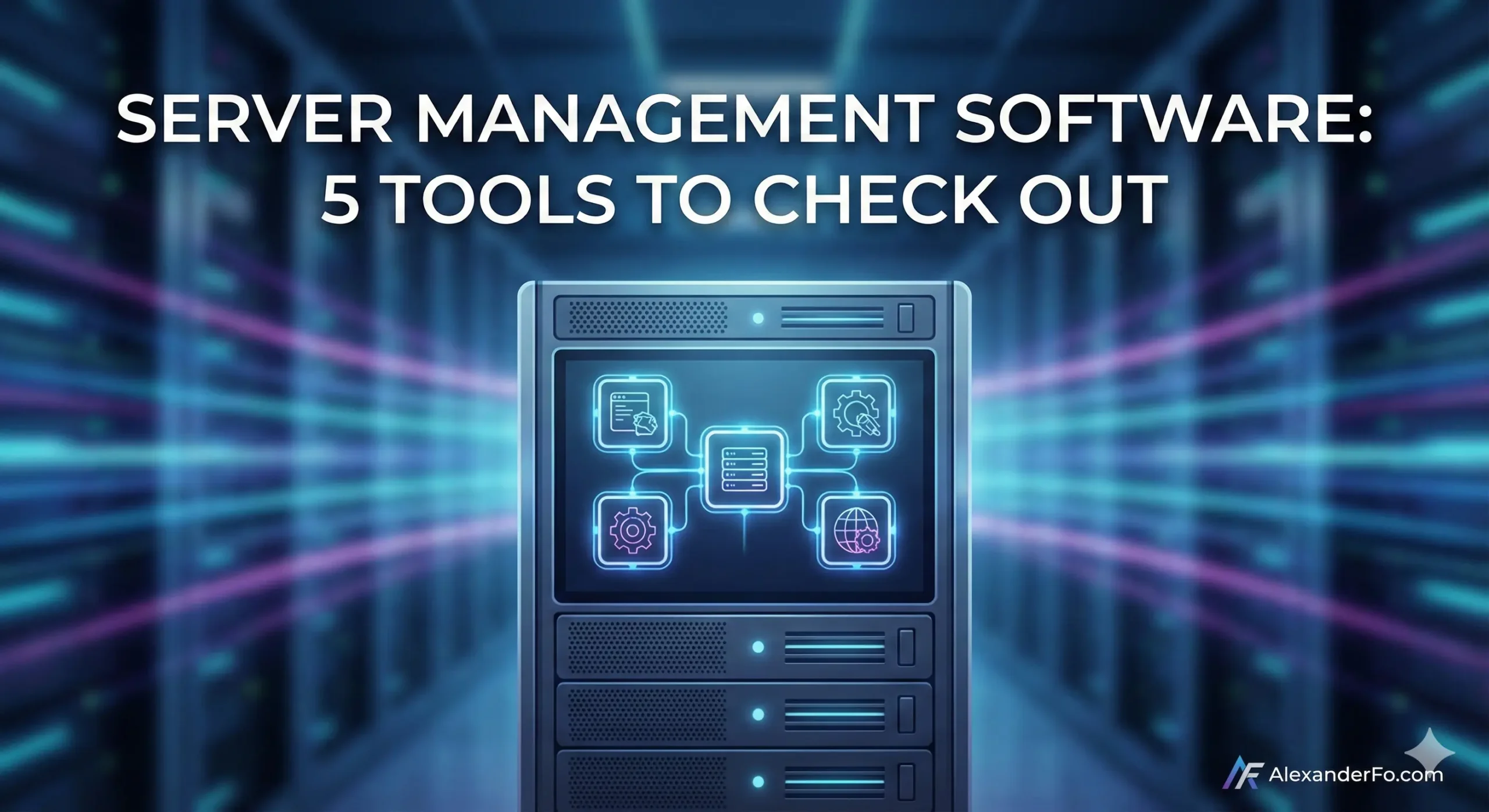In this article, we’ll explore what contract tests are, how they differ from integration tests, how to integrate them into CI/CD, and even how AI can now generate both contract tests and OpenAPI specs faster than ever before. We’ll use Go (Golang) examples throughout, reflecting how developers can practically adopt these methods in production pipelines.









